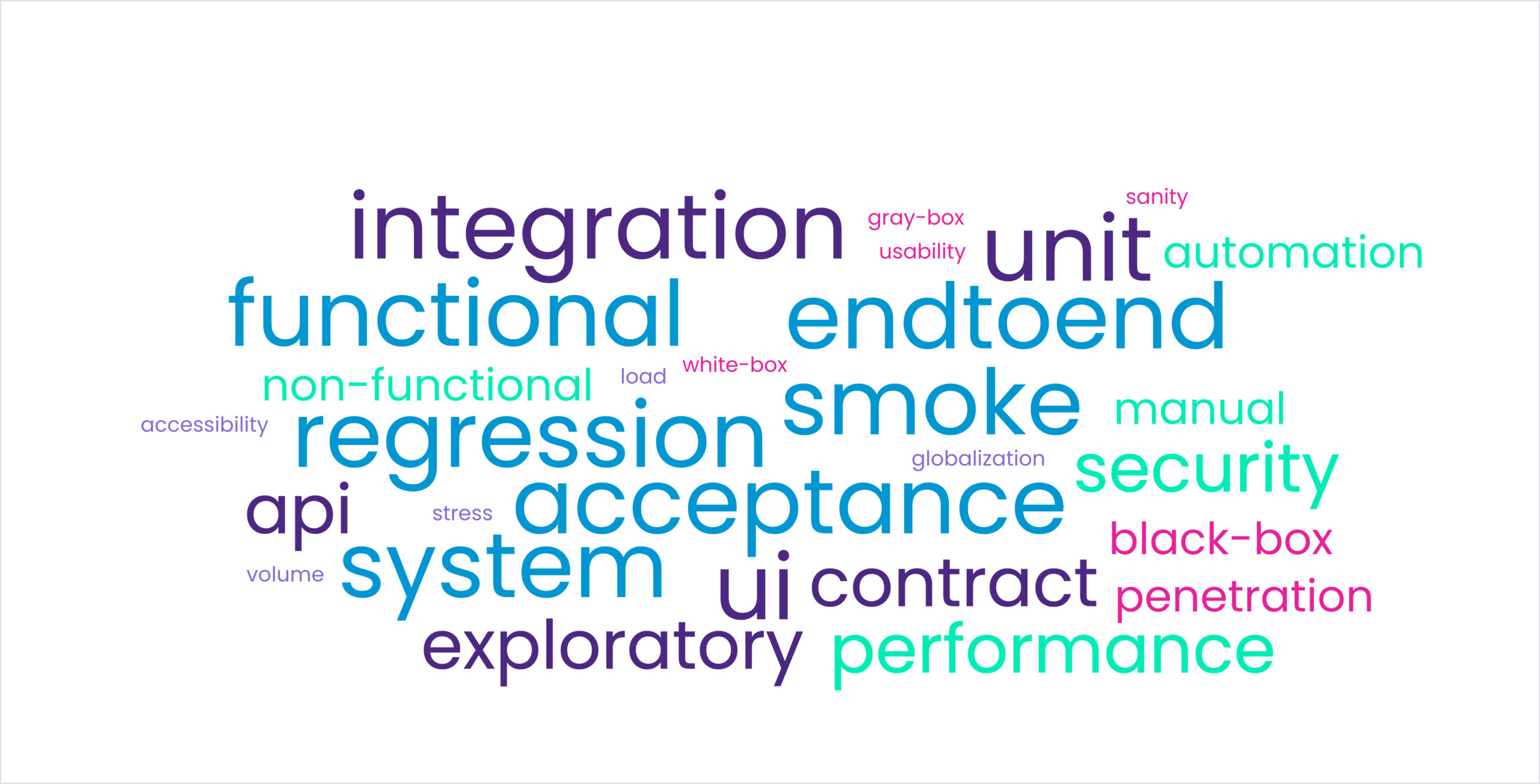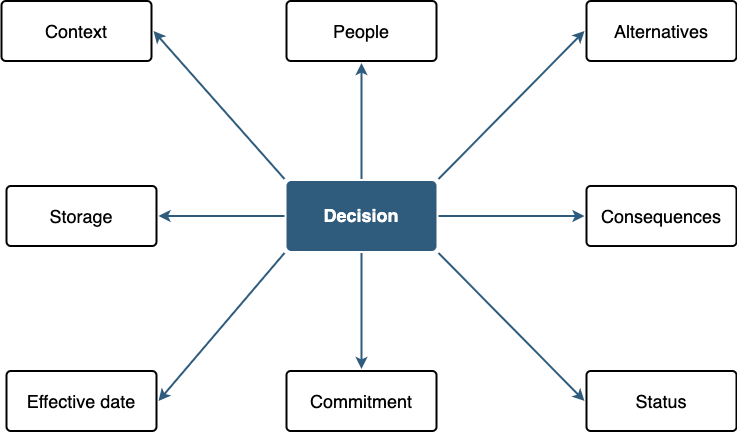
Pairing on interviews enhances both the experience and outcomes for all involved. It allows interviewers to learn from each other, manage time effectively, make more confident decisions, reduce stress, and onboard new interviewers efficiently. This collaborative approach also helps avoid common interview pitfalls, ensuring a more balanced and fair assessment process.
Read More
Introduction
As leaders overseeing engineering teams, one of your core responsibilities is ensuring that development processes are efficient, scalable, and aligned with business goals. Testing, though often seen as a technical …
Read More
Introduction
In the first and second posts, we explored the key aspects of Lightweight Decision Records (LDRs) and how …
Read More
In the world of software development, task assignment has long been the go-to method for distributing work among team members. However, this traditional approach often leads to unintended consequences that …
Read More
Overview
In the first part of this series, we explored the concept of Lightweight Architecture Decision Records, and their evolution into Async LDRs. We also …
Read More
From impulsive choices to paralyzing overthinking, we all grapple with it. This post shares my journey in developing a structured approach to decision-making, called Asynchronous Lightweight Decision Records (Async LDRs). Specifically applicable for large / remote teams, Async LDRs can enhance accountability, collaboration, transparency, and collective ownership in decision-making.
Read More